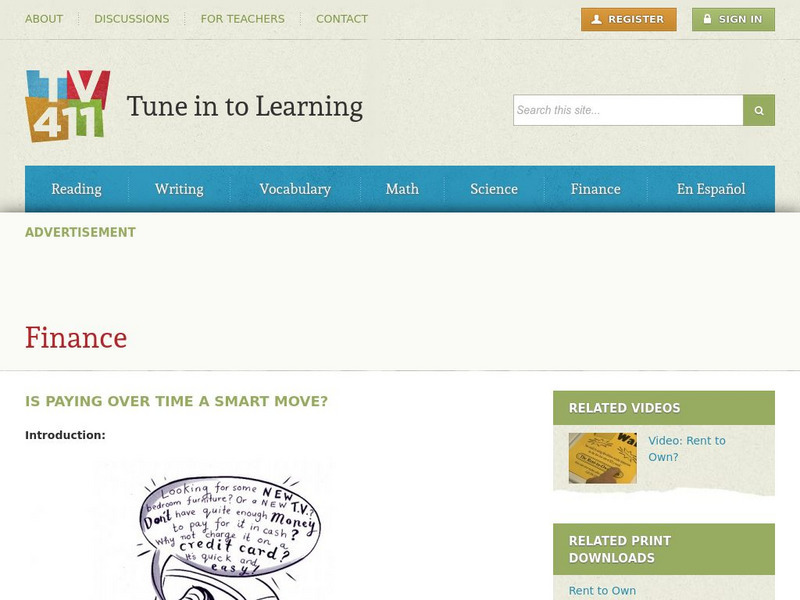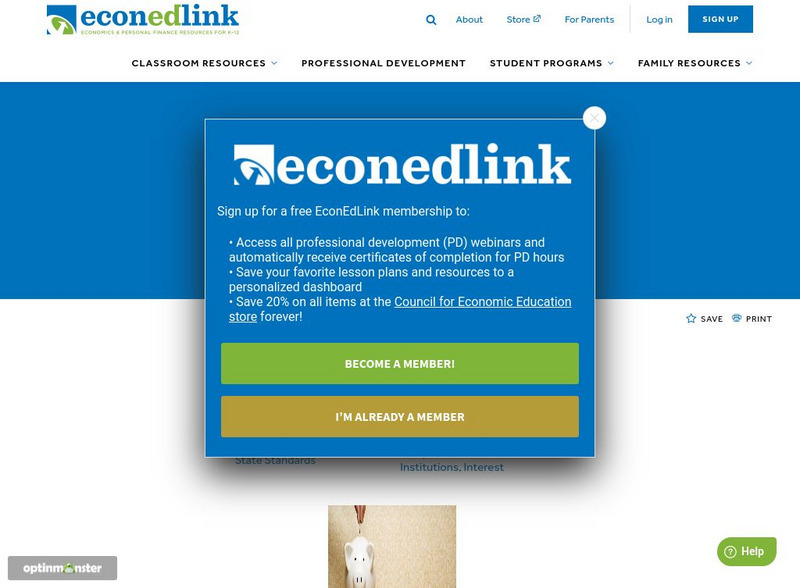Federal Reserve Bank
A Penny Saved
Budgeting, net vs. gross pay, savings, and fees are all key elements of personal financing and essential for your class members to learn about as young adults.
Curated OER
Financial Institution Comparison
Once learners are ready to choose a bank, how do they make a smart decision for their financial needs? Scholars help each other by jigsawing the research in groups. After introducing checking and savings accounts with the attached...
Curated OER
Savings Account, Bill Paying, and Money Order Skills
What do you do after you get a paycheck? Help your mildly disabled learners how to bank wisely with a guided-skills activity. They practice cashing checks, withdrawing money, paying bills, and procuring money orders. The entire learning...
Curated OER
Take Charge of Your Financial Future
Students discuss Biz Kids understanding that it is a program to help people become financially educated. In this mathematics lesson, students view an episode and discuss what they would do if given various situations like going out or...
Curated OER
Bright Ideas for Bringing up Smart Savers
Students explore the concept of saving money. In this saving money lesson plan, students read an article about saving money. Students discuss ways to save money and what makes it difficult to save money. Students compare prices of products.
Curated OER
FINANCE AND RESPONSIBLE LENDING.
Students study the role of banks, lending and their services. In this analysis lesson, students learn about savings, checking accounts and lending and the importance of banks as financial intermediaries.
Curated OER
Real Life Challenge ~ Budget
In this consumer mathematics worksheet, students complete one month of budgeting by completing each of the statements with the appropriate information. Then they calculate their total expenses for the month minus their savings account...
Bankrate
Bankrate.com: Homepage
This is the Bankrate's homepage; it provides links to information about mortgage loans, auto loans, CD rates, savings/checking, personal loans, and credit cards. It also provides daily national rates.
Practical Money Skills
Visa: Practical Money Skills for Life
Visa provides a resource that teachers, parents, and students will all enjoy using. There are lesson plans here for all ages, as well as information about spending decisions, budgeting, and money management. Print your own play money,...
Education Development Center
Tune in to Learning: Understanding Interest
Using this interactive lesson, you'll calculate compound interest and compare interest rates. In addition to learning about interest, you will also be learning about taking out a mortgage on a home. Three activities with questions...
Council for Economic Education
Econ Ed Link: Banks, Bankers, Banking
This lesson is a simulation of opening a bank. Students are assigned various roles to play within the banking business. Students learn about the role banks play in a market economy.
Texas Instruments
Texas Instruments: Constants
Students use the calculator to determine the amount of money that will accumulate in a savings account, if every month a certain sum is deposited in the account. They explore the use of the constant function key on the calculator to make...
Other
Economic Awareness Council: Your First Paycheck [Pdf]
Learn what all that information on your paycheck means, and learn to make smart decisions about how to use the money you earn.
Other
Economic Awareness Council: Saving and Investing [Pdf]
Learn the advantages to saving money, some different types of savings plans, and some ways even people with small amounts of money can invest money to fund long-term goals.
Other
Economic Awareness Council: Ben Knows $: Money Smart Activities for Kids [Pdf]
It is never to early to begin saving money. Use this printable workbook to help young students learn concepts like the difference between want and need, the difference between saving and spending, what banks do, and how to budget to...
Other
Biz Kids: Break the Bank
In this interactive game, you are a worker at a community bank, helping customers get good loans and save for their future. However, the terrible Mr. Boar and his clerks from a payday loan company have infiltrated your bank! Rally the...
Practical Money Skills
Practical Money Skills: Avengers Comic Teaches Mad Money Skills
The Avengers teach Spider-Man the principles of saving and spending as they save a bank from the evil powers of Mole Man. This site includes an online comic book, an instruction guide for teachers, and a budget worksheet.
Education Development Center
Tune in to Learning: Is Paying Over Time a Smart Move?
At T.V. 411 you can explore the concept of paying over time with situations involving credit cards, rent to own items, and more. This interactive lesson gives the learner an opportunity to make decisions about money management.
Council for Economic Education
Econ Ed Link: You Can Bank on This! (Part 3)
Building on the first two lessons in the series, this lesson deals with savings and interest. This is the Teacher Version. There is also a link to the Student Version.
Council for Economic Education
Econ Ed Link: A Penny Saved
Learners will read the comic book, "A Penny Saved" published by the New York Federal Reserve Bank. Students will make the information relevant through projects, graphic organizers, teacher instruction, and problems.
Council for Economic Education
Econ Ed Link: Clickety Clack, Let's Keep Track!
This lesson will show students the importance of keeping track of their savings.
Council for Economic Education
Econ Ed Link: Big Banks, Piggy Banks
Use this informative economics lesson plan. Find out how to save your money. "You will read about safe places for keeping money; you also will learn about places where money can earn money."
Other
Wells Fargo Bank: Hands on Banking for Kids
Mini learning modules that teach kids about money and its worth. Students also learn how to set financial goals during these interactive activities.




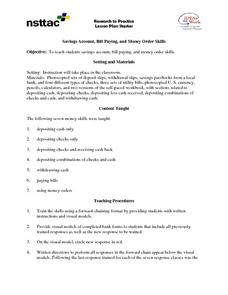
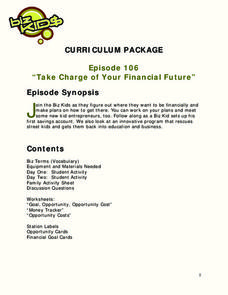



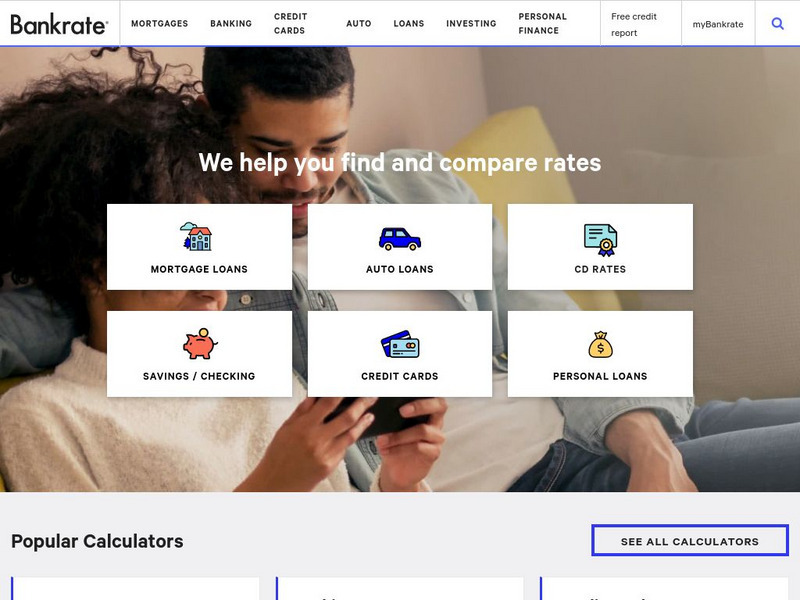


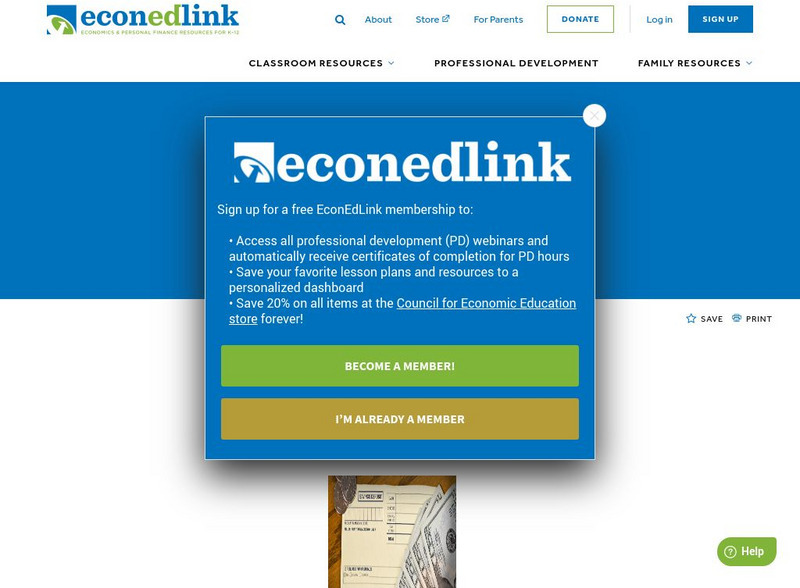
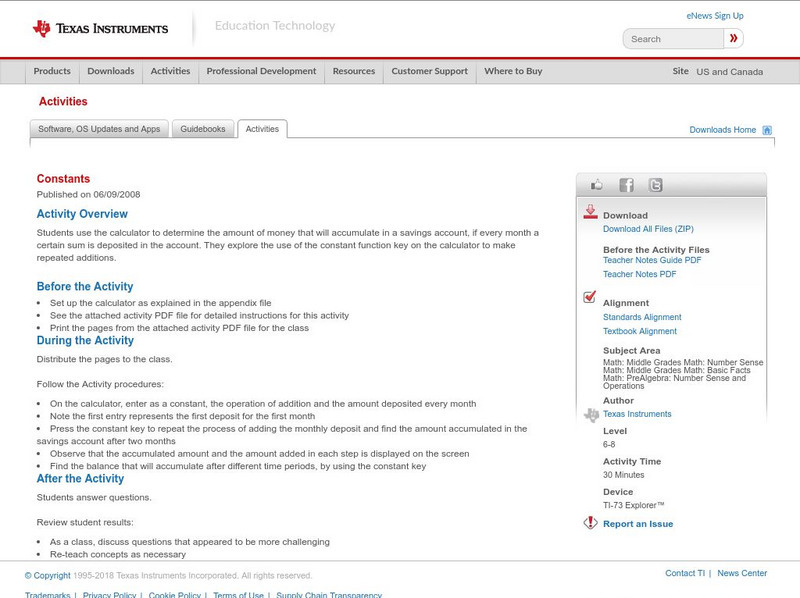
![Economic Awareness Council: Your First Paycheck [Pdf] Activity Economic Awareness Council: Your First Paycheck [Pdf] Activity](https://d15y2dacu3jp90.cloudfront.net/images/attachment_defaults/resource/large/FPO-knovation.png)


